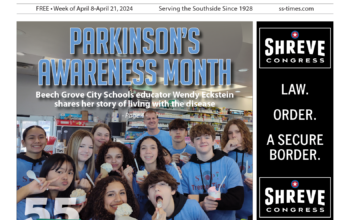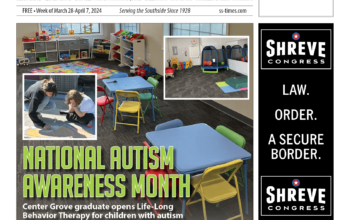By Curtis Honeycutt
I’m not a food critic, but I do know how to judge a restaurant accurately. Forget portion size, ambiance or availability of fresh, cage-free avocados; when I want to size up a restaurant, I head straight for the bathroom. If the bathroom has a Dyson Airblade hand dryer, it deserves at least two Michelin stars; if it has a regular hand dryer or (gasp) archaic paper towels made from tree meat, I have some serious doubts about the establishment. For the record, the Mitsubishi Electric Jet Towel dryer is an acceptable second-place hand-drying solution to the Dyson unit.
How do you judge a person’s writing? We’ve all learned that we shouldn’t judge a book by its cover (although a good cover really does help). In the same way I can tell a restaurant is going to be amazing based on its choice of hand dryers, I can tell someone’s writing will be fantastic based on his use of semicolons.
What are semicolons? Think of them as super commas. They’re the mutant offspring of a colon, a period and a comma. A semicolon’s primary job is to connect two independent clauses that are related to the same idea in the same sentence. Here’s an example: I’m thinking of buying a new superyacht; I spilled champagne on my old one and now it’s sticky. In this sentence, each clause before and after the semicolon can stand on its own as a complete sentence. However, they’re linked by the same common idea, which is the purchase of a new superyacht. This is the main way to use a semicolon.
Like any superhero, it’s cool to have more than one superpower. This is also true for our friend, the semicolon. You should also use a semicolon between items in a list or in a series if any of these items contain commas. For example: There are two types of people in this world: people who know how to use a semicolon, which makes them amazing and heroic; and people who won’t get invited to my Oscars watch party, which will boast at least three chocolate fountains. If your list or series doesn’t include a comma, it doesn’t need a semicolon.
Semicolons can do a masterful job of connecting ideas and clauses in your writing. Used properly and sparingly, they’re like watching a bald eagle soaring over Mount Rushmore at dusk on the Fourth of July; however, if you overuse them, you’re stuck with a restaurant full of fancy hand dryers and no food.
—Curtis Honeycutt is an award-winning syndicated humor columnist. Connect with him on Twitter (@curtishoneycutt) or at curtishoneycutt.com.

